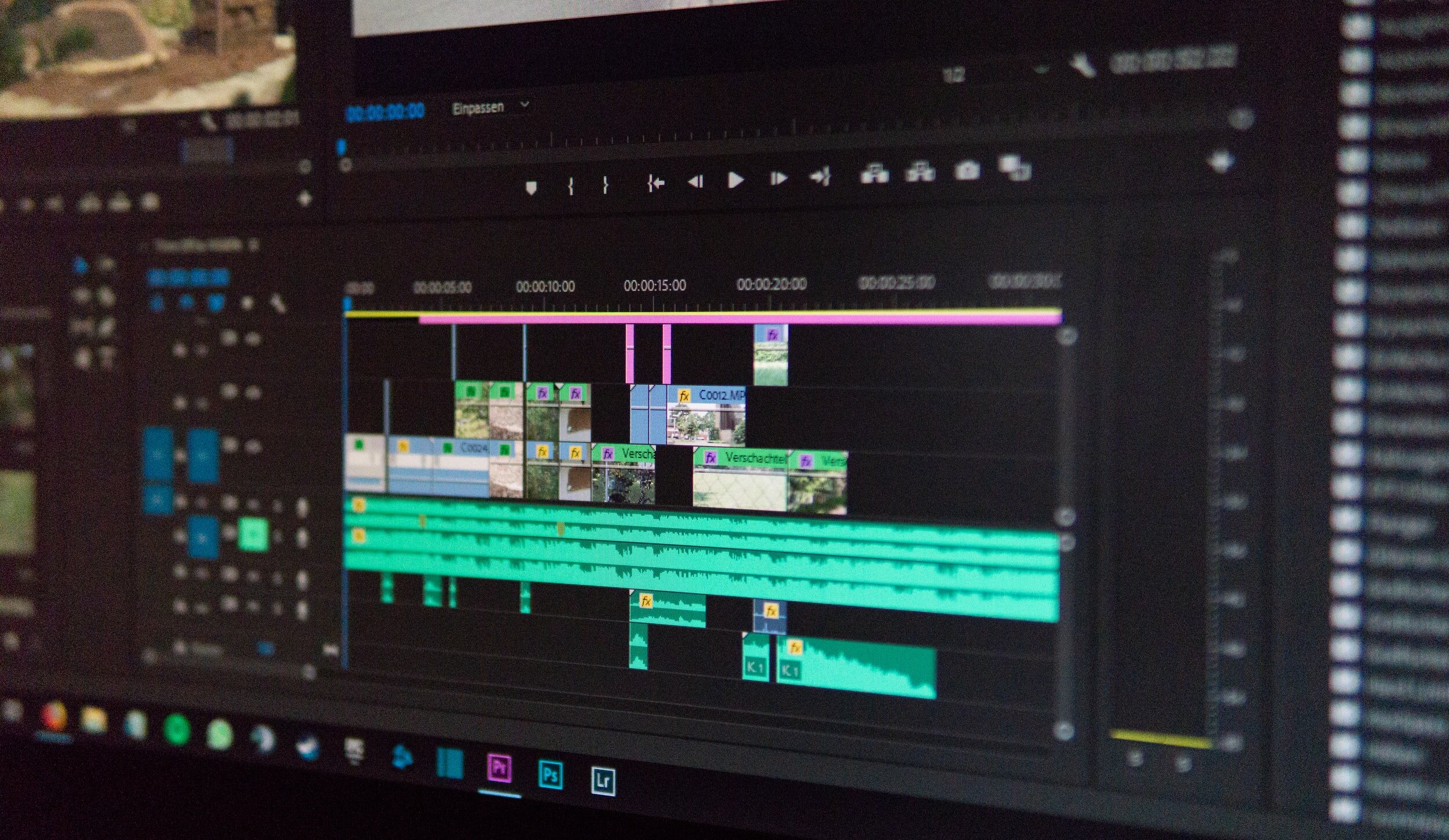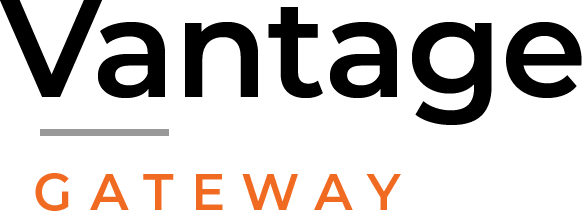
ABR Packaging
Package and Stream Video to All Devices
Over-the-top (OTT) adaptive bitrate (ABR) streaming is the accepted standard for delivering video to connected TVs, smartphones, tablets and other mobile devices. Vantage Gateway supports the complete range of ABR packaging protocols, including Apple HLS (HTTP Live Streaming) and MPEG-DASH, to ensure that your content reaches the widest possible audience.
Highlights
Blazing fast ABR packaging with no loss of output quality
Seamless streaming on all connected devices from a single set of files
fMP4 transcoding and dual manifest generation in a single job request to save costs
Future-proofed content: transcode once, repackage at any time

Apple HLS
HLS is now the standard for ABR streaming, as it addresses the primary challenges associated with delivering content to the myriad of devices, players and set-top boxes in use today. We provide a best-in-class tool set for creating HLS streams optimized for high-quality playback across the broadest range of devices. For example, our proprietary “tsparser” HLS packager, built in conjunction with Apple’s HLS engineers, provides more granular control over file parameters and significantly reduces file overhead (5.8% with a 364 kbps file or 3.8% with a 864 kbps file) without generating warnings in Apple’s Media Stream Validator tool.
MPEG-DASH
A unified standard for ABR streaming over common IP infrastructure, MPEG-DASH resolves the complexities of media delivery to multiple devices. The protocol lets content publishers generate a single set of files for encoding and streaming that are compatible with as many devices as possible. We support the creation of DASH streams with a best-in-class toolset optimized to assure high-quality playback across all IP-connected devices.

fMP4 CMAF-Compliant Processing
Our ability to transcode fMP4 segments and generate dual manifests in a single job request eliminates the need to transcode your media into both TS and fMP4 files — saving you time and money.
Advanced Features for
HTTP Segmented Streaming
We offer a number of advanced features for HLS, DASH and fMP4 outputs to ensure greater flexibility, workflow efficiency and reduced distribution costs.
Video-Only Outputs
The ability to include video-only outputs allows you to use secondary audio inputs during the packaging and delivery process. This capability can be used for editorial voice-overs, alternate primary language tracks for regional distribution, and additional language tracks to appeal to a more diverse audience.
Audio-Only Outputs
Audio-only outputs provide a low-bandwidth method for delivering content over networks when bandwidth is too constrained for streaming video. The audio-only output can keep the user engaged until bandwidth improves and the video segments can be delivered.
Thumbnail Capture for Trickplay
With Vantage Gateway you can generate an image playlist to produce a continuous stream of individual thumbnails that allow users to navigate to a specific moment in the timeline. This capability also includes BIF support for Netflix playback and image-only outputs.
Multiple Sub-Manifests Per Package
With the ability to create sub and nested manifests, renditions of your output can be packaged in multiple manifests which encapsulate the appropriate streams for specific target devices and playout platforms. These sub-manifests can also reside under a master manifest that encompasses all of the renditions.
Alternate Audio Sources
Alternate audio sources increase delivery flexibility beyond the edit bay by letting you replace pre-existing source audio or add new audio to the resulting package, such as language tracks or editorial commentary.
Structural Package Overhead Reduction
Our industry-leading packaging tools make it possible to reduce the size of the structural overhead required for individual segment packages. This in turn reduces the cost of storage and streaming by your CDN provider.
Precise Segment Duration
In the video delivery industry, the quality and consistency of source video can vary wildly. Frame rates, I-frames and keyframe locations can be inconsistent between different pieces of source content, resulting in segmentation and packaging issues that lead to buffering in HLS streams. Our ability to precisely specify the segment duration can mitigate the problem.
Multiple Segmentation Manifests
We provide the ability to produce multiple MSS, DASH, HLS and fMP4 segmentation manifests from a single line item in the API call, helping you reduce storage requirements — and costs.
Delivery of Multiple Package Types
Some CDNs require different package types. We offer the ability to compress and deliver packages as .tar or .zip files. We can also deliver unpacked outputs.
CMAF Compliance
CMAF, the Common Media Application Format, developed to increase the interoperability of streaming video, is now used widely. Three conformance points can be identified in CMAF: track format, media-specific constraints and media profiles. We are one of the first cloud providers to support CMAF conformance in the production of output packages.
I-Frame Segments and Manifests
When segmenting output renditions that include Digital Ad Insertion (DAI), the viewing device must be considered. To plays ads correctly, some players require that the first frame of each segment or manifest be an I-frame, an importantly capability you’ll find on the Vantage Gateway platform.
Prevent Clipped Ends
Segmenting source video into congruent segments can sometimes clip off end pieces of video that are smaller than the specified segment size. We offer the ability to merge those small end segments into the previous full segment so that they are included in the final result.

Intermediate Repackaging
We’ll help you future-proof your HLS stack by transcoding your source assets into either intermediate MPEG-TS or CMAF-compliant fMP4 segments, which you can then store for repackaging into any ABR format at any time. Our ability to transcode fMP4 segments and generate dual manifests in a single job request eliminates the need to transcode your media into both TS and fMP4 files — saving you time and money.
Encryption
Vantage Gateway supports AES-128 encryption using 16-octet keys. You can encrypt your DASH content using an existing key, a randomly generated key, or a new key that’s generated for every x number of video segments. Keys can be served over SSL for an added layer of encryption.

About ABR: A Refresher
In an ABR stream, source content is encoded at multiple bitrates and then segmented into small chunks, generally of around 10 seconds apiece. The complete set of bitrates and segments is then packaged for playback using the Apple HLS or MPEG-DASH streaming protocols.
Stream decoders are located in the client device. The stream itself is managed by a manifest file that maps out all of the available stream segments, bitrates and video format dimensions. Based on the algorithm of the ABR protocol in use, the device will request the segment with the highest bitrate that can be supported by available network bandwidth from moment to moment. In this way viewers are ensured that the best video quality is always played.
ABR streaming is superior to constant bitrate streaming because a static file will often buffer, stutter or fail altogether. In contrast, an ABR stream can be switched mid-stream to be as good or as bad as changing network conditions allow. Because ABR is delivered over standard HTTP, no special requirements are needed for firewalls, proxies or caches, making it both efficient and cost-effective.

